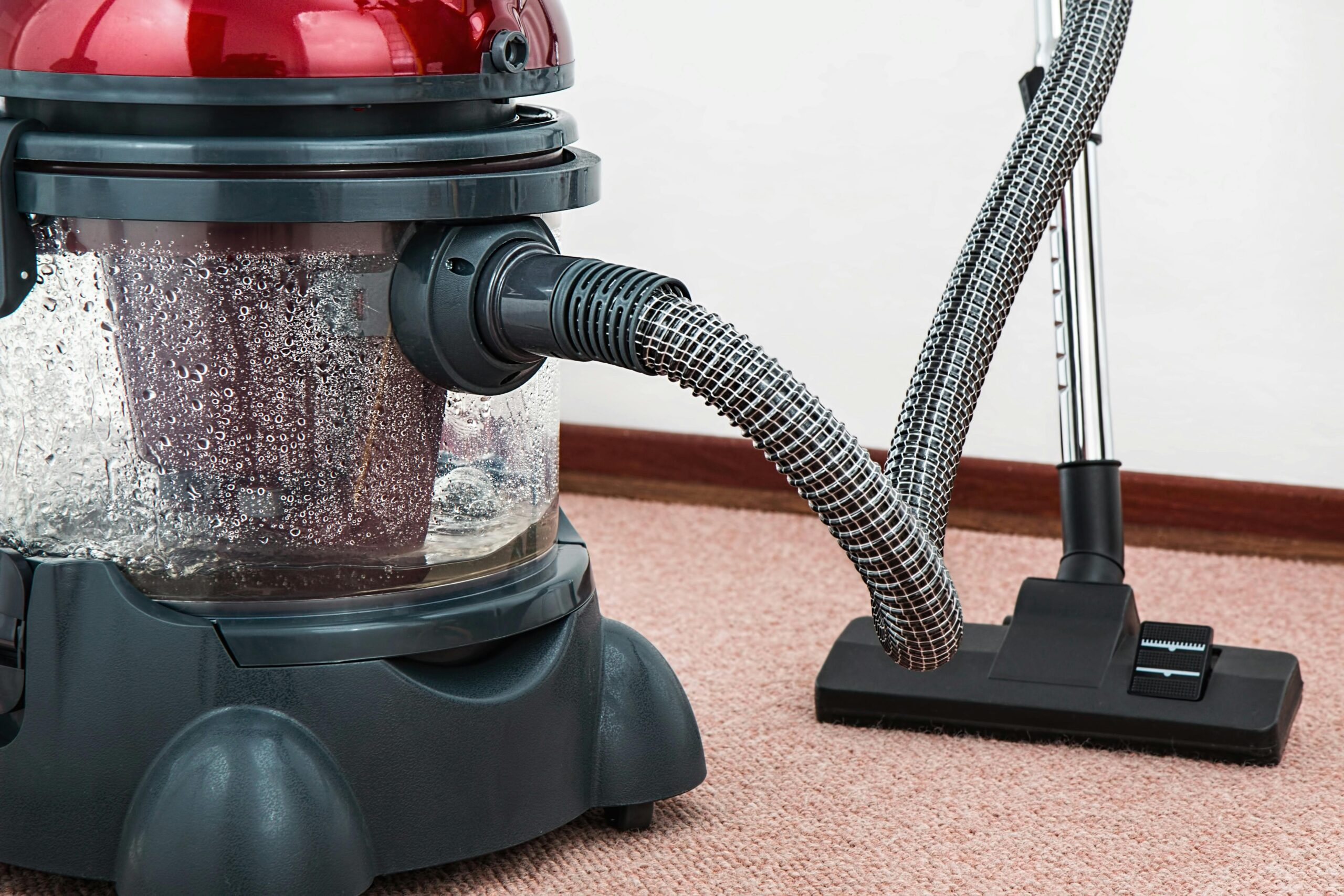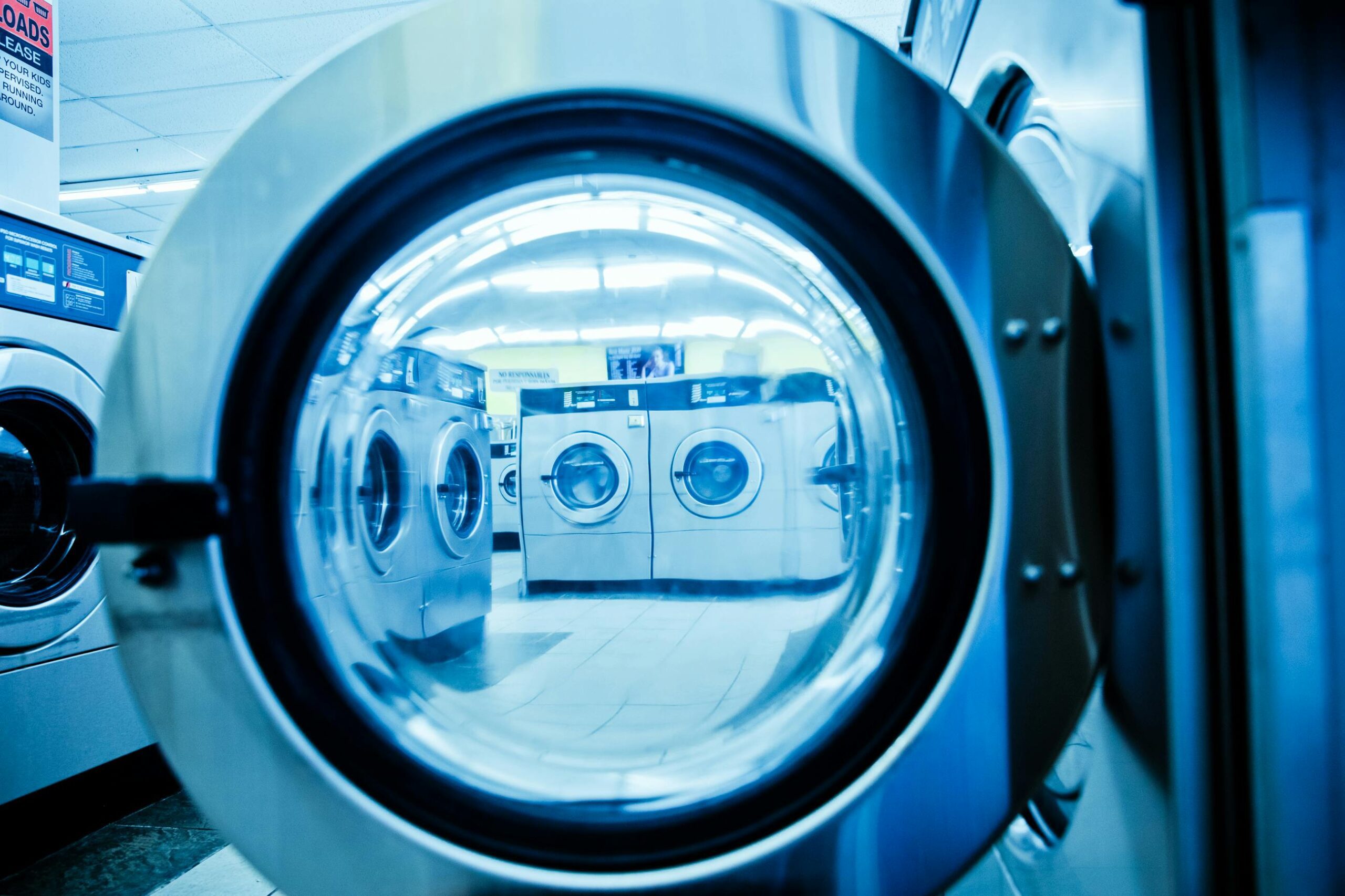Introduction: Understanding Vacuum Drying
In industries like pharmaceuticals, food processing, chemicals, and herbal extractions, drying plays a critical role in product quality and stability. Traditional drying methods such as hot-air drying often expose materials to high temperatures, which can damage sensitive compounds.
This is where Vacuum Drying becomes a game-changer.
Vacuum drying works on a simple yet powerful principle: by lowering the pressure inside the drying chamber, water or solvents evaporate at much lower temperatures. This makes the process faster, gentler, and more efficient.
Let’s explore the science, working principles, key factors, formulas, real-life applications, and FAQs about vacuum drying in detail

What is Vacuum Drying?
Definition and key principle
Vacuum drying is a mass-transfer process where moisture is gently stripped away from wet solids by lowering the surrounding pressure. That reduced pressure drops the boiling point of water, so it vaporizes quickly—even at mild temperatures—making the whole process faster and gentler.
Read more: vacuum drying
Why Vacuum Drying Matters in Pharmaceuticals and Food
1. Preserves Product Quality
Sensitive drugs, probiotics, herbal extracts, and natural food ingredients degrade at high temperatures. Vacuum drying keeps them stable.
2. Efficient Solvent Recovery
Solvents used in extraction or crystallization can be recovered for reuse. This makes the process economical and eco-friendly.
Uniform Drying
Vacuum dryers provide even drying, minimizing hotspots and ensuring product consistency.
Time-Saving
Drying under reduced pressure is significantly faster than conventional methods.
Safer Processing
Reduced oxygen levels lower the risk of oxidation, which is essential for oils, vitamins, and antioxidants.

The Science Behind Vacuum Drying
1. Reduced Boiling Point Principle
At normal pressure, water boils at 100 °C. But under vacuum (say, 0.1 atm), it can boil at just 50 °C. This allows moisture to evaporate without heating materials excessively.
2. Heat Transfer Mechanisms
Conduction: Heat travels from heated surfaces (like trays) into the product.
Convection: Limited under vacuum, since little air is present.
Radiation: Sometimes used to support heating.
3. Mass Transfer Mechanisms
Diffusion: Moisture moves from the interior of solids to the surface.
Evaporation: Liquid water turns into vapor.
Capillary Flow: Movement of water through pores under pressure gradients.
Together, these principles explain why vacuum drying is both fast and gentle.
Key Factors Affecting Vacuum Drying Efficiency
Initial and Final Moisture Content (Wi & Wf)
- More water to remove = longer drying time.
Drying Rate (R)
- The rate of moisture removal depends on vacuum level, heating method, and material properties.
Vacuum Pressure
- Deeper vacuum (lower pressure) = faster evaporation.
Temperature
- Higher temperature accelerates drying, but must be within safe product limits.
Material Thickness & Surface Area
- Thin layers dry faster due to better heat transfer.
Equipment Design
- Tray dryers, rotary dryers, and freeze dryers all affect drying efficiency differently.
Formula for Calculating Vacuum Drying Time
Here’s a no-nonsense formula to get a quick estimate:
t = m × (Wi – Wf) / R
- t = time to dry (hr or min)
- m = mass of material (kg)
- Wi = initial moisture ratio (kg water per kg material)
- Wf = desired final ratio
- R = drying rate (kg moisture per time)
Step-by-Step How to Use It
- Measure Wi and specify Wf.
- Estimate R from past runs or equipment specs.
- Multiply mass by the moisture change; divide by R.
You’ve got your drying time.
Example Calculation
Let’s say you’re drying 100 kg of material:
- Wi = 0.50 kg/kg
- Wf = 0.05 kg/kg
- R = 5 kg/hr
So,
t = 100 × (0.50 – 0.05) / 5 = 100 × 0.45 / 5 = 9 hours.
Advanced Drying Kinetics
For critical materials, simple formulas may not be enough. Advanced drying kinetics models consider:
Effective moisture diffusivity
Particle geometry (slabs, spheres, powders)
Pressure gradients
Temperature profiles
These models provide more accurate predictions, especially in R&D and scale-up processes.
Case Study: Vacuum Drying of Sage Leaves
A published study investigated drying sage leaves at different temperatures and pressures.
At 60 °C and –10 kPa, drying finished in 90 minutes.
Drying rate: 22.34 kg water/kg dry matter/h.
Effective moisture diffusivity was highest at lower pressures.
Economic analysis showed payback within one month due to reduced energy costs.
👉 This proves how vacuum drying saves both time and money while preserving product quality.
Types of Vacuum Dryers
1. Vacuum Tray Dryer (VTD)
Flat trays inside a heated chamber.
Provides uniform heating, good for bulk solids.
Common in pharmaceuticals.
2. Rotary Vacuum Dryer (RVD)
Cylindrical drum rotates under vacuum.
Excellent mixing and uniform drying.
Suitable for powders and granules.
3. Vacuum Shelf Dryer
Uses heated shelves to provide conduction heating.
Often used for small batches.
4. Freeze Dryer (Lyophilizer)
Special type of vacuum dryer.
Removes moisture by sublimation (ice → vapor).
Used for biologicals, vaccines, and proteins.
Advantages of Vacuum Drying
Gentle Drying – No heat damage to sensitive compounds.
Efficient Solvent Recovery – Reduces waste.
Shorter Drying Times – Saves energy and improves productivity.
Improved Product Stability – Low oxidation and thermal degradation.
Better Economics – Lower operational costs in the long run.
Limitations of Vacuum Drying
Higher initial cost of equipment.
Requires skilled operators.
May have lower throughput compared to hot-air dryers.
Not suitable for all types of materials.
Quick Tips to Optimize Vacuum Drying
Maintain optimal vacuum pressure for the product.
Increase surface area by spreading material thinly.
Use step-wise temperature control for sensitive drugs.
Validate drying rates using trial batches.
Choose the right dryer design for your material.
Practical Applications of Vacuum Drying
Pharmaceuticals – APIs, intermediates, herbal extracts.
Food Industry – Fruits, vegetables, coffee, herbs.
Chemicals – Heat-sensitive powders and polymers.
Biotechnology – Enzymes, probiotics, vaccines.
Conclusion
Vacuum drying is a revolutionary drying method that combines speed, efficiency, and product safety. By lowering the boiling point of moisture, it enables rapid drying at lower temperatures—making it ideal for pharmaceuticals, food, and biotechnology.
From the basic formula to advanced drying kinetics, the science behind vacuum drying gives industries the flexibility to design processes that are both economical and high quality.
Whether you’re working with APIs, herbal extracts, food ingredients, or biotech products, vacuum drying ensures better product stability, reduced energy costs, and faster turnaround times.
👉 The future of drying lies in smarter, more controlled methods—and vacuum drying remains at the forefront of modern process engineering.
FAQs on Vacuum Drying
Q1. Why is vacuum drying better than hot-air drying?
Because it uses lower temperatures, preserving sensitive materials.
Q2. Can solvents be recovered during vacuum drying?
Yes, solvents evaporated under vacuum can be condensed and reused.
Q3. Is vacuum drying expensive?
Initial investment is higher, but energy savings and product quality make it cost-effective long-term.
Q4. What’s the difference between vacuum drying and freeze drying?
Vacuum drying uses mild heat under vacuum; freeze drying removes moisture by sublimation at very low temperatures.
Q5. How do I calculate drying time?
Use the formula t = m × (Wi – Wf) / R for quick estimates, or kinetic models for precision.